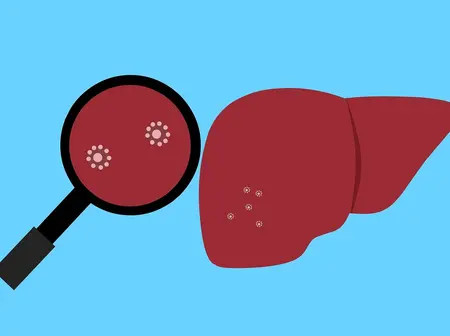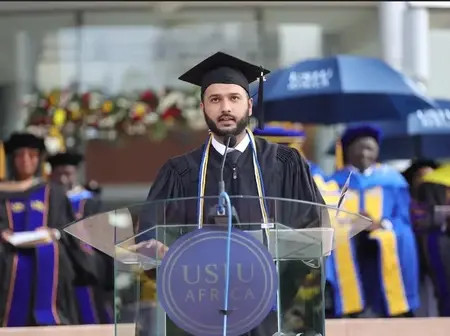
The liver is one of the largest organs in the body; it is also one of the most vascular as well as being one of the most exposed to any trauma. In forensic medicine, it is crucial to comprehend how injuries on a liver occur, this information is crucial in reconstructing accidents, incidences of assault and also flagging suspicious deaths. Since the liver is usually injured in road accidents, falls and blunt blows, biomechanical response provides good indications regarding the force, direction and pathway of the injury.
Forensic biomechanics is an application of engineering in the investigation of the effects of forces on the tissues of a human being. The recent studies have revealed that careful examination of hepatic injuries can help differentiate between accidental and deliberate injuries. An example is when scientists used the contrecoup damages, which are manifested on the opposite location to the point of impact, and replicated them in cadaveric models to give them measurable designs to apply in real scenarios. The results of such findings can assist the investigator in identifying the cause of trauma as due to a fall, direct blow or any other mechanism.
It is quite interesting to consider how the liver can be seriously damaged but at the same time the ribs are not broken. A biomechanical study found that impacts to the abdomen might result in severe injuries to the liver without fracturing of the protective bones. This includes significant forensic implications. When external injuries are not severe, police may erroneously believe that little force was used. Liver biomechanics indicates that inner trauma can tell an entirely different tale which can lead to high-energy trauma or hidden violence.
The analysis of behind-armor blunt trauma also relies on biomechanics as protective equipment prevents the wound, yet it does not prevent internal trauma. One of the studies suggest an extensive injury criteria to forecast liver damage behind body armor, the ability of forensic biomechanics to direct military inquiries and protective design criteria. These findings are not only medically significant but also substantial in legal proceedings involving the armed forces, policing and death in custody.
There is great investment being made in China and other nations on research in forensic biomechanics, with progress in merging computer modeling and cadaveric experiments with clinical data. Such research assist courts with providing objective reconstructions of injuries and decreasing the use of subjective judgments. Increasingly, forensic science has accepted more technological components, and biomechanics is now establishing a link between law, medicine and engineering; enriching the precision of reenacting traumas and the objectivity of court decisions.
Liver biomechanical research is changing the field of forensic medicine. Recent advances in discovering concealed blunt injuries and contrecoup patterns of trauma, to creating military injury standards, provide an investigator with effective tools to solve how the violence or accident happened. Forensic biomechanics, a union between engineering and medicine, enhances scientific inquiry of truth and fairness in the court.






